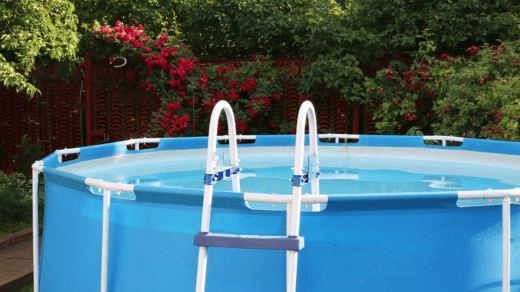Creating an Aeolian wind flute, also known as a wind harp or wind chime, is a delightful DIY project that allows you to harness the power of the wind to create soothing, musical sounds. Here’s a simple guide to making your own Aeolian wind flute:
Materials You’ll Need:
- Tubular Material: Choose a hollow tube or pipe made of metal, PVC, bamboo, or wood. The length and diameter of the tube will affect the pitch and volume of the sound it produces. Experiment with different sizes to achieve the desired tone.
- String or Wire: You’ll need a durable and weather-resistant string or wire to suspend the tube. Fishing line, nylon cord, or stainless steel wire are good options.
- Mounting Structure: Prepare a sturdy frame or structure to mount your wind flute. You can use wood, metal, or any other suitable material to create a frame that will hold the tube securely.
- Tuning Pegs (Optional): If you want to adjust the pitch of your wind flute, you can use tuning pegs like those on a guitar or violin. These are optional but can add versatility to your design.
Instructions:
1. Select the Tubular Material:
- Choose a tube with the desired length and diameter. Remember that shorter tubes will produce higher-pitched sounds, while longer tubes create lower pitches. Consider aesthetics and acoustics when making your choice.
2. Cut and Shape the Tube:
- If the tube is too long, you may need to cut it to your preferred length. Ensure that the ends are smooth and free of rough edges.
3. Drill Holes:
- Drill small holes near the top and bottom of the tube, opposite each other. These holes will be used to thread the string or wire through to suspend the tube.
4. Mount the Tube:
- Attach the tube securely to your mounting structure. You can use brackets, clamps, or any other suitable method to ensure the tube is firmly held in place.
5. String or Wire Attachment:
- Thread a length of string or wire through the holes you drilled in the tube. Leave enough slack at the top to suspend the tube without it touching any other surface. The length of the stringwire will determine how the tube responds to the wind.
6. Adjust for Tuning (Optional):
- If you’ve added tuning pegs, use them to adjust the tension of the string or wire. Tightening the string will increase the pitch, while loosening it will lower the pitch.
7. Mounting and Placement:
- Place your wind flute in an outdoor location with good exposure to the wind. You can hang it from a tree branch, a pergola, or any other suitable structure.
8. Experiment and Enjoy:
- Wait for a windy day to see and hear your wind flute in action. The wind passing over the open end of the tube will create vibrations, producing melodious sounds. Experiment with different wind speeds, tube lengths, and materials to achieve the desired musical effect.
Creating an Aeolian wind flute can be a rewarding and artistic endeavor. It allows you to connect with nature and enjoy the soothing sounds created by the wind.

